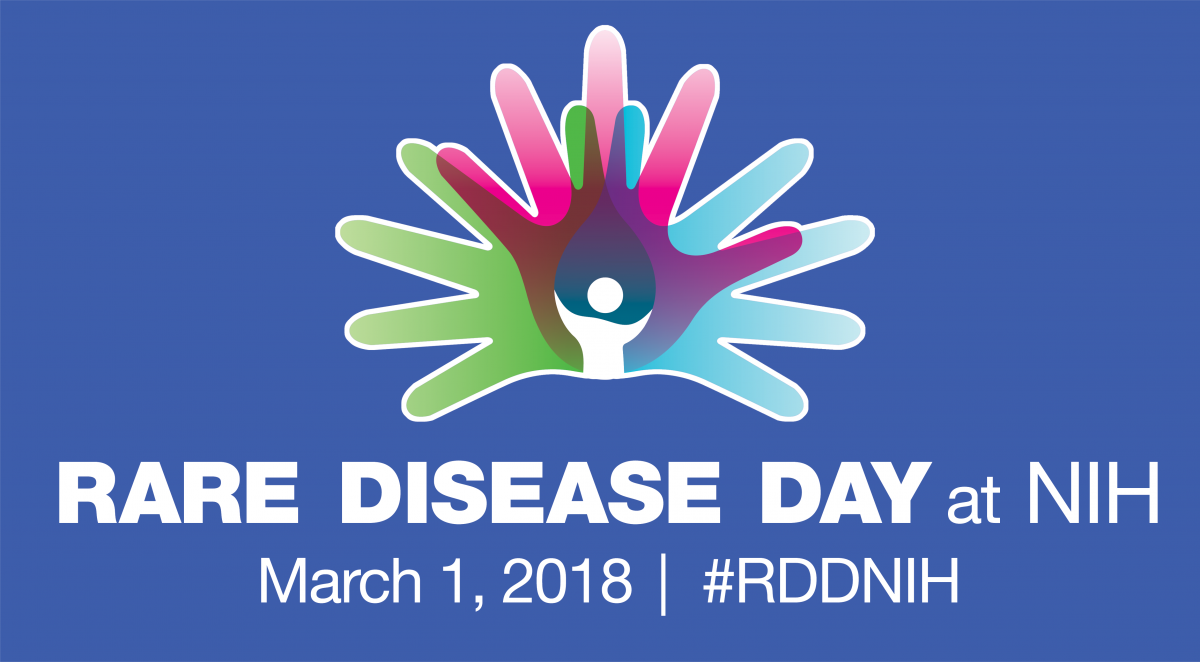Twitter Chat Shines Spotlight on Rare Diseases
Between 25 and 30 million Americans have a rare disease, defined as a condition affecting fewer than 200,000 people. On March 1, the NIH will host its annual Rare Disease Day to increase awareness of these under-recognized and often undiagnosed illnesses and highlight the efforts of scientists, patients, and advocates to produce treatments.
In anticipation of the occasion, on February 23, NIH organized a Twitter chat with NIH Director Francis Collins, M.D., Ph.D., and Sharon Terry, President and CEO of Genetic Alliance and a member of the Research Program Advisory Panel for NIH’s All of US project. Check out some of the more noteworthy exchanges below or look at the full Twitter chat by searching for #NIHchat on Twitter.

Question (Q): “How can we define a cure for rare genetic diseases? Do you think cures exist, or are we limited to finding treatments?”
Francis Collins
“I think cures can be found, though many individuals will be happy with an effective treatment. The use of gene editing holds the promise for actually curing disorders by fixing the DNA misspelling.”
Q: “How effective is the CRISPR technique for correcting mutations? How long will it take to bring it to labs for treatment?”
Francis Collins
“CRISPR is still very new but incredibly exciting. Its efficiency can approach 100% in cell culture but we need to apply that to patients with disorders. NIH has announced a new research program on therapeutic uses of gene editing.”
Q: “How far away are we from having gene therapy for single gene disorders?”
Francis Collins
“Actually, we are already there! The US Food and Drug Administration approved nusineren in 2016 as the first drug to treat spinal muscular atrophy. Major progress happening for gene therapy for hemophilia and sickle cell disease. After 30 years of hard work, real progress is happening.”
Q: “How can we educate the general public about the value of researching rare diseases to progress research of common diseases?”
Sharon Terry
“Personal stories, showcasing advances, communicating successes.”
Q: “What do you think patient registries will offer to rare disease science challenges going forward?”
Francis Collins
“Registries are a crucial first step in preparing for research on a rare disease. The registry can provide a start point for natural history studies and, ultimately, clinical trials.”
Q: “What advice do you have for scientists working in this space?”
Francis Collins
“Work closely with patient organizations. Find collaborators with complementary skills. Be motivated and don’t let failure discourage you. Bring patients to every science meeting to remind people why this work really matters.”
As Dr. Collins and Ms. Terry made clear, momentous progress is occurring in the study of rare diseases, and new genetic techniques show great promise for alleviating many such conditions. Still, a number of key obstacles remain. NIH is dedicated to tackling those challenges with the goal of making rare diseases as treatable as common ones.
Learn more about NIH rare disease research at:
- The Genetic and Rare Diseases Information Center
- The Undiagnosed Diseases Program
- The Intramural Research Program’s “I am Intramural” blog
Related Blog Posts
This page was last updated on Monday, January 29, 2024
